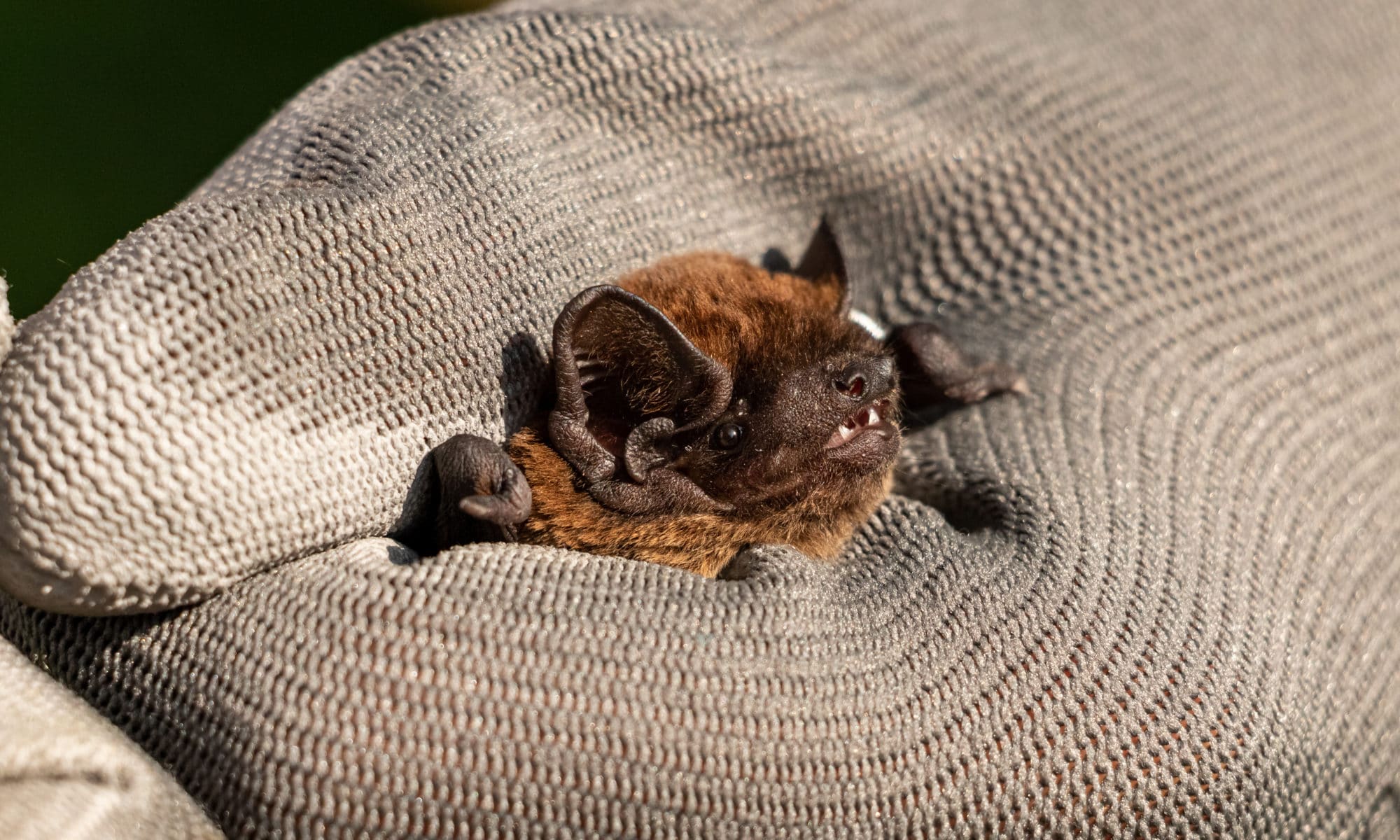
You catch something out the corner of your eye. Did you imagine it? Then you hear the flutter. Your heart flutters along with it as you realize there is a bat in your home.
Do not panic. Reach out to Environmental Pest Management for a free quote today.
Your first step is to determine if it is a single bat led astray or more than that. The two situations are dealt with very differently.
Single Bat
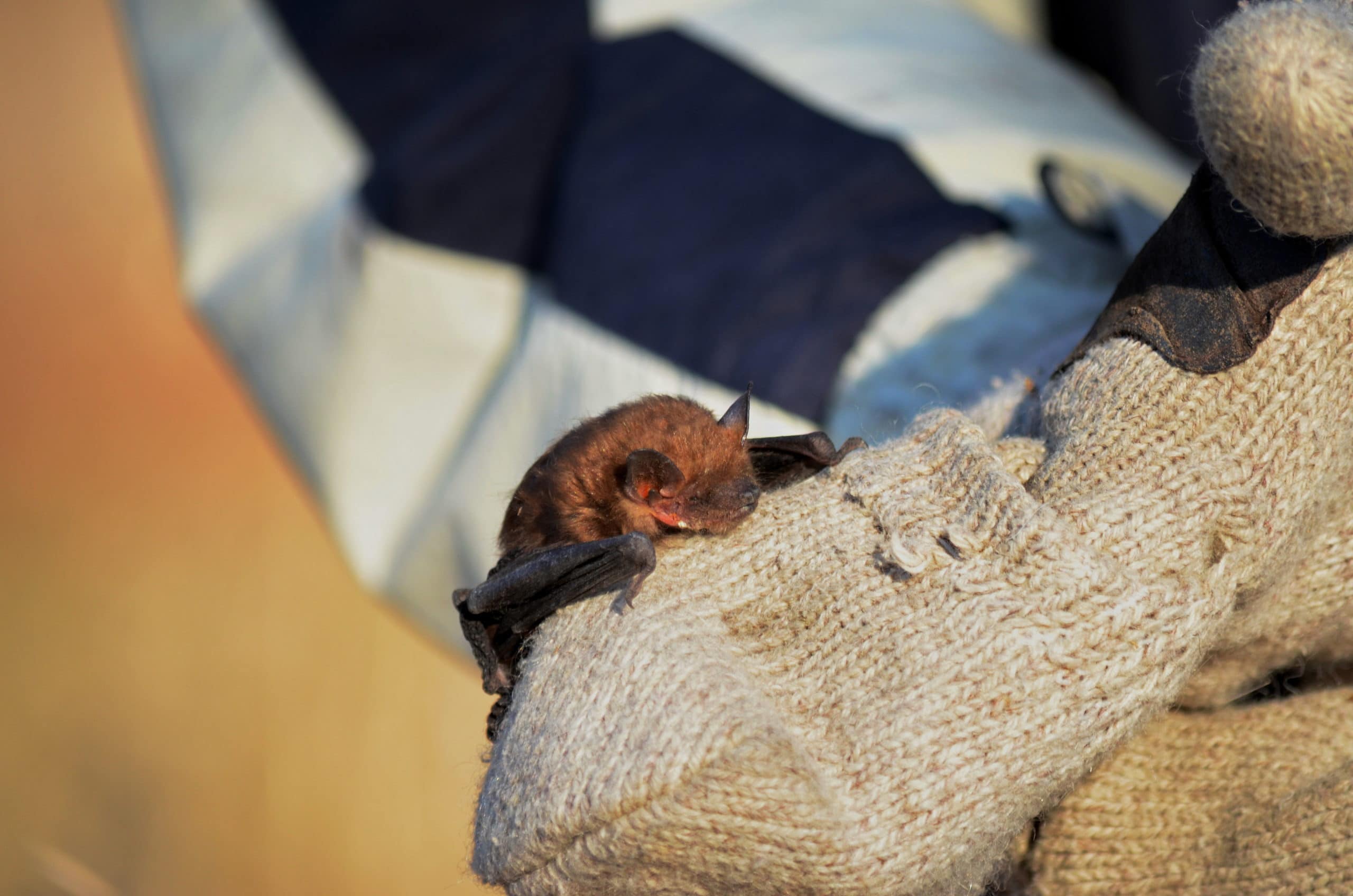
Again, do not panic. You can do this!
The bat is most likely lost and is frightened itself. According to The Humane Society of the United States, there are things you should and should not do when it comes to bats.
The bat will generally fly until it finds a perching place. They like to stay close to the ceiling and fly in a U pattern. Curtain rods and pants are a favorite, as they can hang on them.
Get all the children and pets out of the room and close off any interior door. Open all windows and outside access—windows, doors, and skylights. Hopefully, the bat will exit by itself.
If the bat is still there, wait until it lands before trying the next steps.
Put on suitable work gloves—not knit, as the bat claws can latch on to those. If you do not have any, roll up a t-shirt. Bats usually will not get into your hair, but a reasonable precaution.
Never use bare hands when handling a bat. If you are worried about your hair, pull it back or put on a hat. Bats usually will not get into your hair, but a reasonable precaution.
Find the bat in it’s landing spot. Have a plastic tub or a container and piece of cardboard ready. Cover the bat with your container and carefully slide a piece of cardboard under, covering the entire box.
Your bat is now trapped safely! You did it!
Next, you want to go near a tree and tilt the container and let the bat climb onto the trunk. Bats can not fly from the ground, so do not release them in your yard.
If you do have contact on your skin from a bat or wake up and see a bat, contact your doctor. Some bats may carry rabies, just like any mammal. While rabies is always fatal in humans, it is also 100% preventable with proper treatment.
Bats, Bats, and More Bats
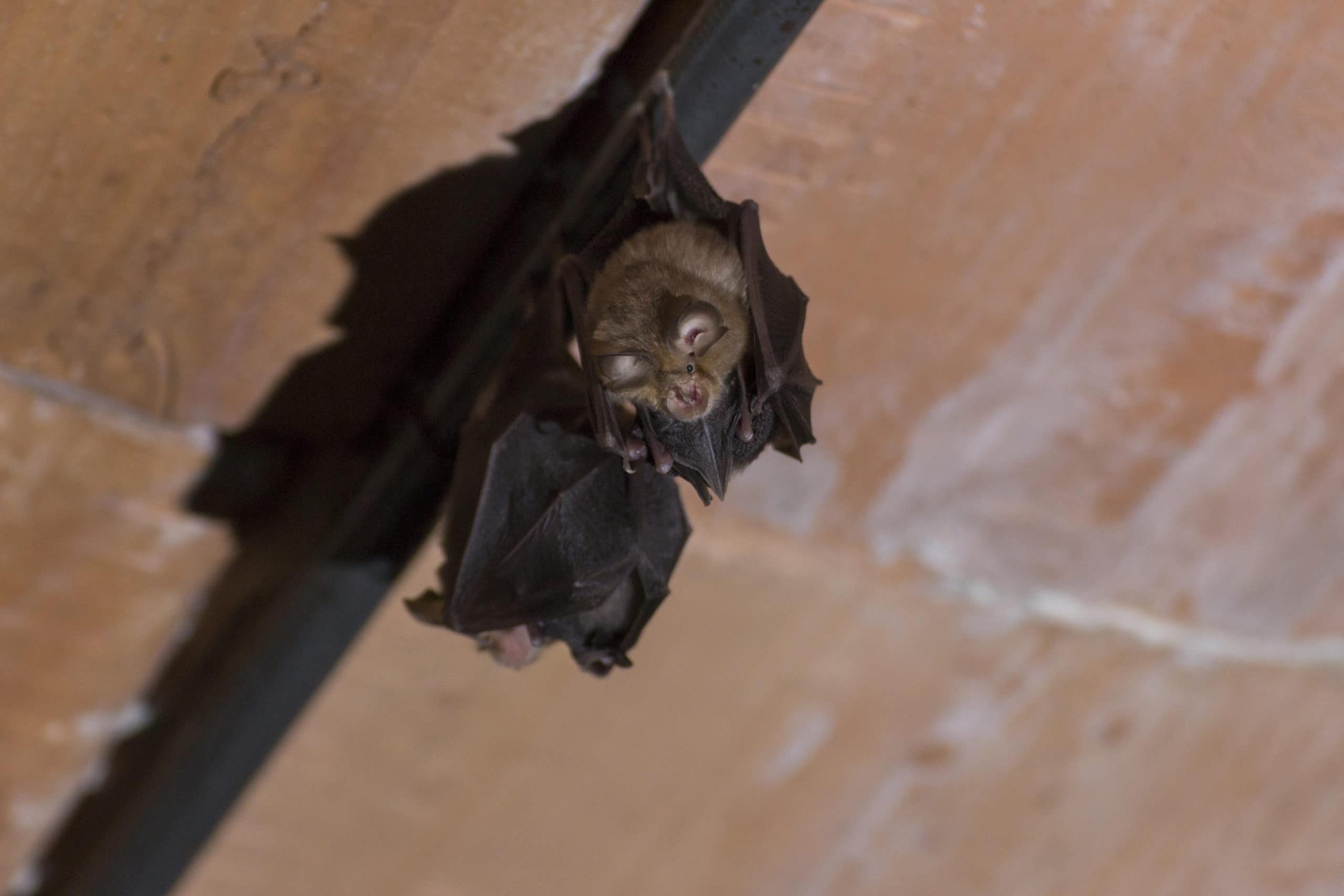
What if you find evidence of more than one lost bat? Contact an expert. Free quotes are available at Environmental Pest Management, serving Minnesota in the Twin Cities metro area and surrounding suburbs, Rochester, East Central Minnesota, and several counties in Western Wisconsin (see below for a complete county list).
Minnesota and Wisconsin bats are generally one of two species: the Big Brown Bat or the Little Brown Bat.
Bats use open spots to get into your homes, such as attic spaces, wall cracks, and soffit/fascia areas.
Bats are looking for a place for their winter hibernation and a place where they want to breed and socialize. Bats have a choice when colder weather arrives: hibernate or migrate to a warmer climate with an available food supply.
Bats are mammals but not flying rodents. Their teeth are made for eating insects and will not damage structures or wood.
The goal is to get the bats out, without harm. Bats are a vital part of our environment. Bats eat insects, pollinate, spread seeds, and are the prey of other animals, as shared by the National Park Service.
Getting bats to join other colonies is the best outcome. There are times of the year when bat removal is not possible, such as when bats are in hibernation (they would get sealed into your house, which no one wants) and after birth, while the babies are still flightless.
Inspection of your home or business will determine the course of action. You want to rid your place of bats and prevent any future problems. Bat removal is a job for professionals who have the proper equipment.
More Information on Bats
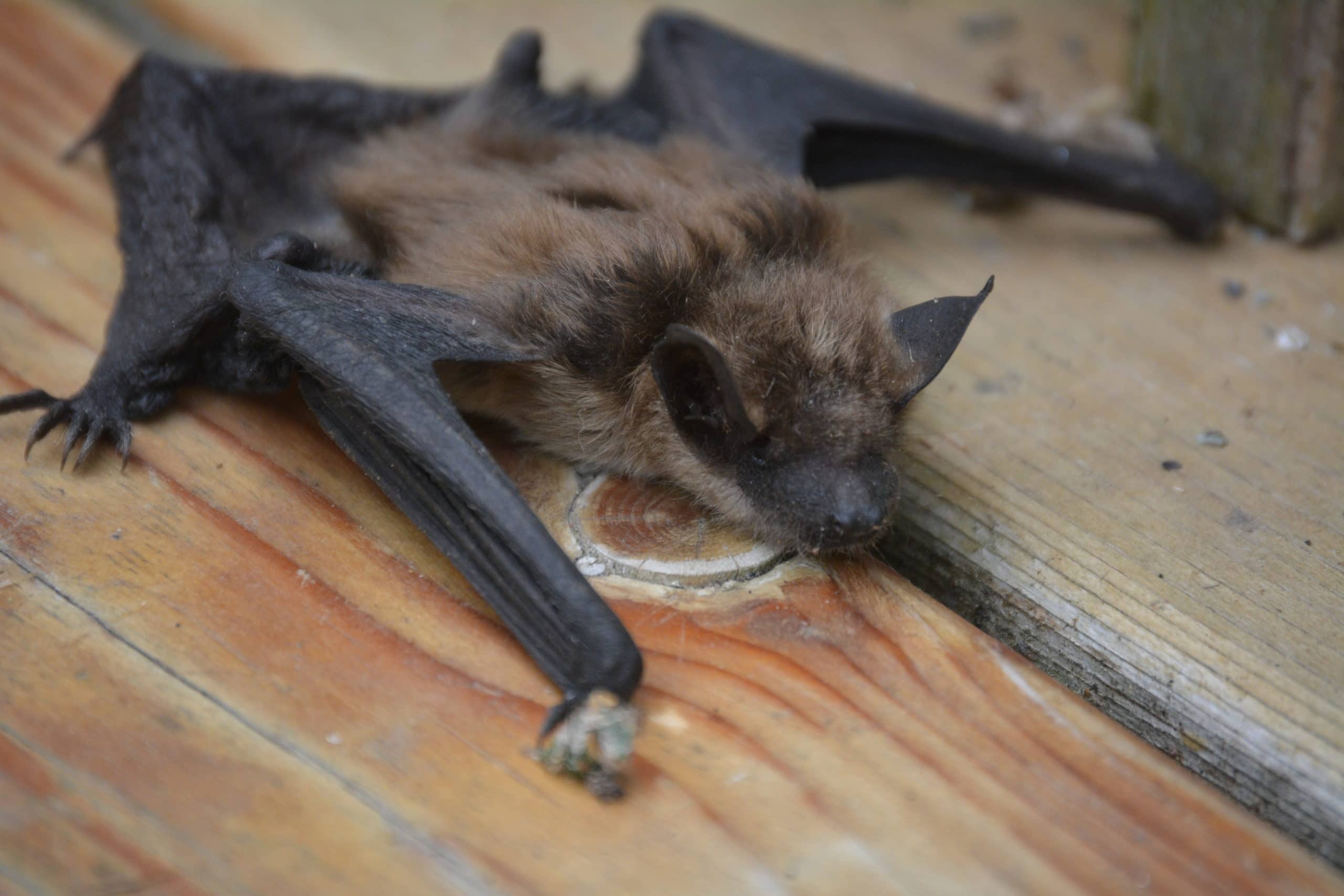
As stated, bats are significant for insect control. They consume insects every night. National Park Service tells us more than $3.7 billion worth of pest control in the United States is saved by bats annually.
Bats help control the insect population, and other animals rely on bats for their survival. “Hawks, falcons, and owls eat bats, and mammals like weasels, ringtail cats, and raccoons sometimes attack bats while they roost,” according to the National Park Services.
Bats often are thought of blind. This statement is false, as bats have decent eyesight. The larger fruit-eating bats can see three times better than humans.
Echolocation is used for bats to “see” obstacles and hunt prey in low light, such as their prime times of dawn and dusk. Bats are curious about new objects and will fly close to check it out.
Do bats really drink blood? Yes, vampire bats do exist and drink blood from other animals. But do not worry, vampire bats live in Latin America.
With over 1,300 species of bats worldwide, bats are the most diverse mammal group other than rodents.
In warmer weather, bats seek out water, such as streams, lakes, and ponds. Bats do not like the sun or heat, and that is why you see them hanging from underneath a tree or in caves. Hiding also protects bats from their predators.
Why Environmental Pest Management
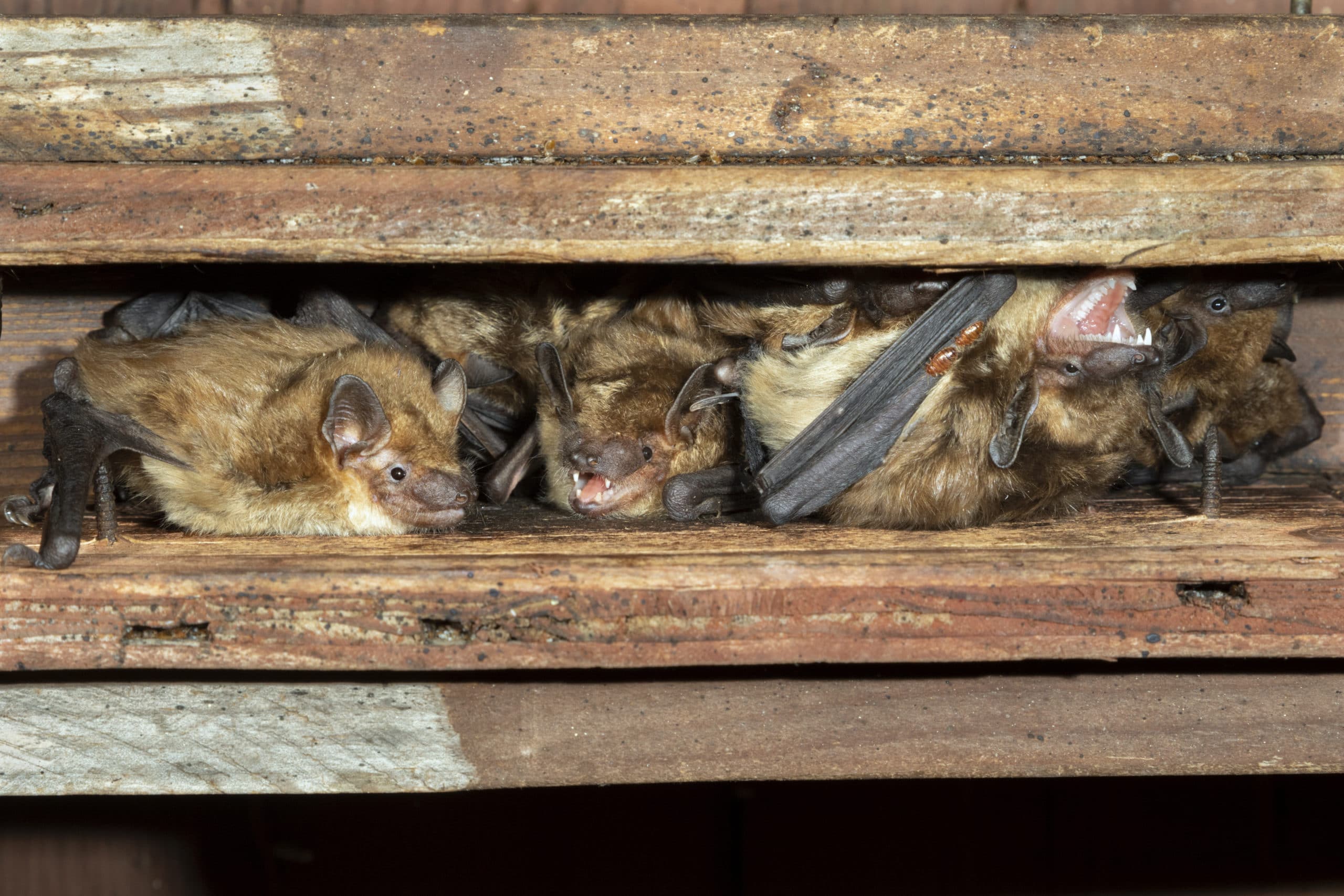
Environmental Pest Management is a company you can trust. It provides a free inspection for your bat problem, takes care of the bats in an environmentally safe way, members of professional associations, and a guarantee of satisfaction.
Wherever you live throughout Minnesota or Wisconsin, Environmental Pest Management is here for you. We know you work hard on keeping your home just how you like it, that does not include unwanted pests.
If you have any uninvited roomates you want removed, call us. We will come to your home, create a plan for you, and give you a free quote. No two homes or situations are the same, so no two plans are alike.
Call us today.
